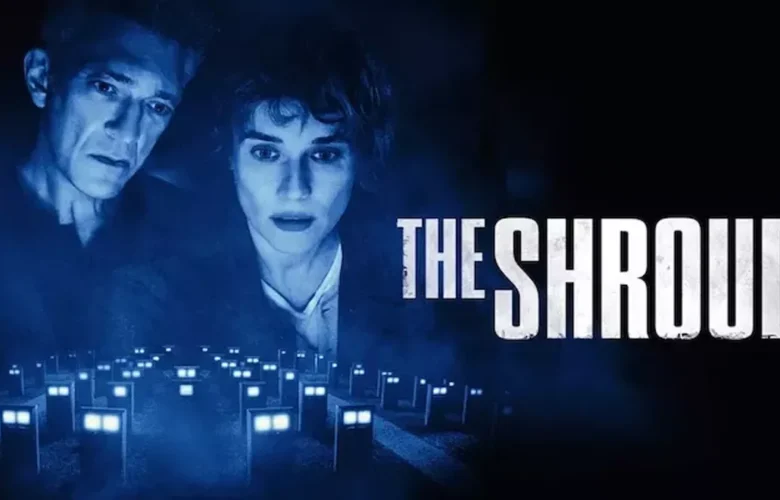David Cronenberg’s The Shrouds is shaping up to be a deeply psychological thriller that blends the director’s characteristic themes (fear of the body, the alienating effects of technology, death and mourning) with a personal tragedy. Here is a possible thematic and symbolic analysis of the film:
Technology and Mourning:
A Dystopian Ritual of Mourning
“Decay Monitoring” Technology: The shroud system invented by Karsh turns the natural process of death into a surveillance mechanism. This is a new interpretation of the theme of technology invading the body in films like Cronenberg’s Videodrome (1983) or eXistenZ (1999).
The Commodification of Grief:
Technology can critique the capitalization of mourning rituals by turning the emotional process into an “audience experience”. Karsh’s obsessive tracking reflects the distorted coping mechanisms of modern man who cannot accept loss.
Body Dissolution and Identity
Organic and Mechanical Decay: The decomposition of the bodies being watched by the camera continues the theme of the “permeability of the body” in Cronenberg films such as The Fly (1986) or Crimes of the Future (2022). This time, however, the decay runs parallel to a psychological, rather than physical, destruction.
Duality and Identity Crisis:
Diane Kruger’s dual role (dead wife and mysterious woman) recalls the “twin/couple” motif in films like Dead Ringers (1988) or Possessor (2020). The distortion of Karsh’s perception of reality may imply that the process of mourning has driven him into a kind of psychotic fragmentation.
Voyeurism and Invasion of Privacy
Pornography of Death: Karsh’s viewing of his wife’s body is a harsh metaphor for society’s tabooization of death while simultaneously turning it into an object of consumption. This is reminiscent of the relationship between “desire and destruction” in Crash (1996).
Critique of Surveillance Society:
Shroud technology symbolizes the control of the living over the dead. Like the “eye” imagery in Enemy (2013), Cronenberg here questions the power relations created by the act of watching.
A Personal Elegy: Cronenberg’s Own Mourning
The director described the film as “an elegy” for his wife Carolyn Cronenberg, who died in 2017. The character Karsh’s grief overlaps with the artist’s own. The technological dystopia in the film is perhaps Cronenberg’s questioning of the function of art in the grieving process:
“Is art an attempt to control loss?”
Visual and Symbolic Codes
Shroud: While it traditionally has the function of covering/shrouding, here it becomes a means of “revealing”.
Decaying Bodies: Like Brundle’s transformation in The Fly, the decaying bodies here represent the dissolution of relationships and the mind.
Color Palette: Cronenberg’s cold, clinical blues and grays (e.g. the hospital scenes in Eastern Promises) can emphasize Karsh’s emotional dullness.
Conclusion:
Where Does He Stand in Cronenberg’s Career?
The Shrouds seems to combine the biotechnological dystopia of Crimes of the Future with the psychological depth of A History of Violence (2005). On a personal level, Spider (2002) is related to Naked Lunch (1991) in its shocking body imagery. This time, however, the theme pushes the limits not of technology but of human fragility.

